The weather lately has been nasty and not conducive to getting out and exploring. Keith Dover had Friday off, and with the possibility of good weather in the forecast, we decided it was time for another photo ramble. We bounced several possibilities around, but eventually settled on the Mount Carmel area in McCormick County. So, on this past Friday the Thirteenth, we collected Ken Cothran from Clemson, then headed south.
From Clemson our route took us through the outskirts of Anderson. South of Anderson we made a quick detour to the town of Starr. Although still an active community, the town itself would easily make it on my list of ghost towns. The remnants of the town’s commercial district are one block off of Highway 81.
We were particularly interested in the old post office. We stopped for a couple of photos, even though the lighting wasn’t great. Keith did some posing.
The arched windows brought back memories of the old post office in Marietta. Keith grew up in that town, and had told me that the upper floor of the Marietta post office had burned. A somewhat makeshift roof was added later. However, it looks like the old Marietta Post Office was built on the same architecture as this one in Starr.
I began to wonder if there were other extant examples of post offices using this architecture around the state. Someone said that Cross Anchor might have one. I’ll have to be on the lookout for these in my travels.
Keith wanted to check out the cemetery at Starr Baptist Church, so we headed down that way. The church itself is a typical brick Classical Revival structure with a steeple. The cemetery had lots of old headstones, and a surprising number of them were tipped over or damaged.
There were some very old hand-carved stones, as well as some very eroded field stones.
I found one signature stone with the initials S. M. I hadn’t seen that one before, so I don’t know anything about this stone carver. The stone was from the very late 1800s.
I knew we still had quite a ways to go, so I got everyone loaded back into the car. It can be hard to get Keith out of a cemetery before he’s had a chance to really check it out.
Our next stop was the town of Lowndesville, specifically, Providence Presbyterian Church.
According to a 1939 history of the church, the church was founded in 1846 as a merger of two smaller Presbyterian congregations. In 1886 a slave gallery was removed and the campanile and unique diagonal entrance were added. This pencil drawing from the history report shows the original design with separate entrances for blacks and whites.
With its prominent spot on a hill at the end of the main street of the town, the old church is a compelling subject for photography. Framed by the last of the autumn leaves the white frame building stood out against the brilliant blue sky. Yeah, we took lots of photos from lots of angles.
After shooting the church, we had the obligatory cemetery ramble. There weren’t as many very old headstones in the area as I might have thought, but one monument caught our attention. This was a large memorial with several names and the word “Drowned” inscribed at the bottom. The first surname on the list was “Waters,” and at first I was going to make some snide comment about the irony of someone named Waters drowning. However, when I looked more closely I saw many more names, front and back. This was a true tragedy, and my snide comments would be out of place.
Apart from the names, the cause of death, and the date of death, there was no other information on the monument. I had to wait until I got back home to look it up. (And now, I realize I could have used the Google Field Trip app on the spot to find out this information. I’ve got to remember that.) With that much loss of life I immediately think flood, and that was the search term with which I started on Chronicling America. However, my search turned up nothing. I did a Google Search using the date and the word “Lowndesville, and finally found the answer on the Historical Marker Database.
On April 4, 1920, two cars full of young people were crossing the Savannah River from South Carolina into Georgia at Harper’s Ferry, six miles west of Lowndsville. The water was high, and a cable broke, capsizing the ferry. Only one person was able to swim to safety. Ten others drowned, and their bodies were recovered over a matter of days. The Abbeville Press and Banner reported the tragedy on April 5.
There was one other headstone of note. Two tablet stones had a signature that I didn’t recognize. I couldn’t make it out, but I think it said Clendhing, Augusta.
We still had a way to go. We briefly drove through Calhoun Falls, but didn’t stop. From that point our trip mostly followed the last trek I made down this way with Houston and Glynda. We continued south on 81, but took a moment to drive over to the Richard B. Russell Dam overlook.
From there we continued on down to Mount Carmel. Our first stop was at the Mount Carmel ARP Church on the north side of town. This was the start of the Mount Carmel Historic District on the National Register of Historic Places. According to the nomination form for the district (PDF), this church was founded in 1886.
On my previous visit we were here on a Sunday morning, and there was no activity at the church. That made me wonder if the congregation was still active. A peek at the interior through a window made me think that the church was still in use, perhaps at some alternate time.
We headed on through the town and down to the church at the other end, Mount Carmel Presbyterian. This one definitely isn’t in use. According to the National Register site, this one was founded around 1890.
We couldn’t get a good shot of the interior.
As Ken and I were finishing up shots around the church, Keith walked on up toward the town. We moved the car and parked in the post office parking lot, and found Keith talking to a woman who was doing some painting outside of one of the old stores. Geri Regan was working on some boards that were part of the renovation of the buildings in this area. The old stores had been closed, but Geri and husband were planning to restore and re-open them in stages.
Geri was kind enough to give us a tour of the old McAllister Store. Here she is hoping to open a quilt shop.
We thanked Geri for the tour, and wandered around a bit to get some more photos of the old stores and houses in the historic district.
I had spotted one building that I had thought was another old church. The arched windows and general shape of the building certainly made me think so. I had even labeled it as such on my Flickr stream initially. When I read the nomination form later I found that this was the old Baker Store, built in 1890.
We left Mount Carmel and headed up to Calhoun Mill. We took a few photos from the road, but didn’t venture onto the grounds. It looks like the site has been overgrown a bit.
We stopped at the old steel bridge over the Little River, and also paused at the dam for the mill on the river. Water looked like it was still running a bit high.
It was past lunch, so we decided to head up to Abbeville and stop at Yoders. It was excellent. Afterwards we had a choice. We could head on back down to the Long Cane area, or we could start making our way back home After all, we had to get Ken back to Clemson, so our afternoon was getting away.
We decided to stop in downtown Abbeville and walk around a bit.
Trinity Episcopal caught our attention. Despite backlighting, we had to take a few photos.
We left Abbeville and headed north. We had one more stop, though. Keith said he had never been to Due West. We drove pretty much straight through, but did stop at Donalds to take a look at the old depot. Turns out that it’s for sale.
From there we headed on back home, driving through Honea Pathology, then on through Anderson to take Ken back to Clemson. Keith and I rounded out the day by meeting Laura up at Swamp Rabbit Cafe. It had been good day out and exploring.





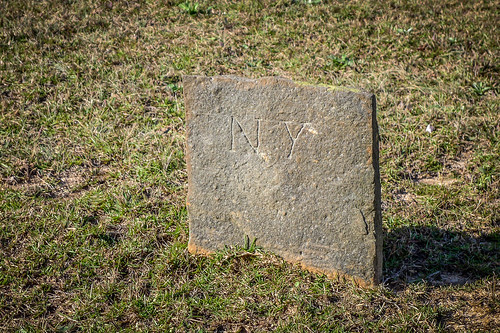










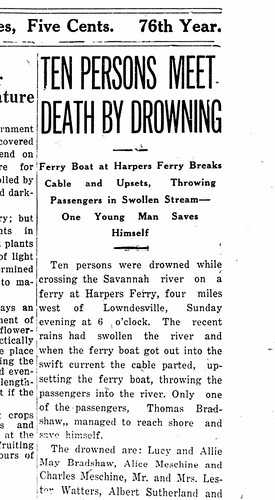


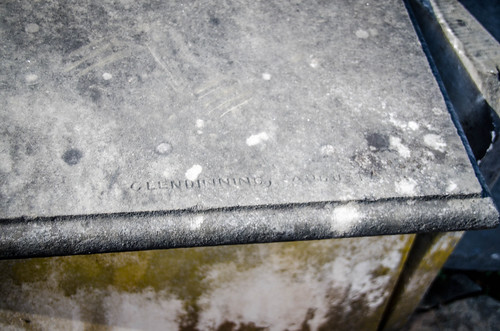

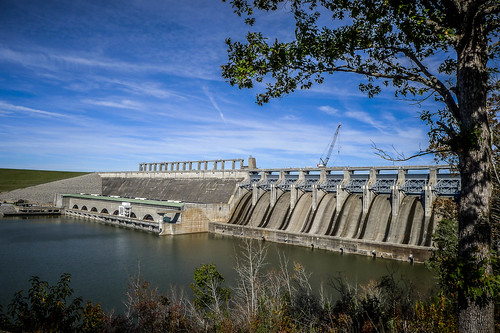








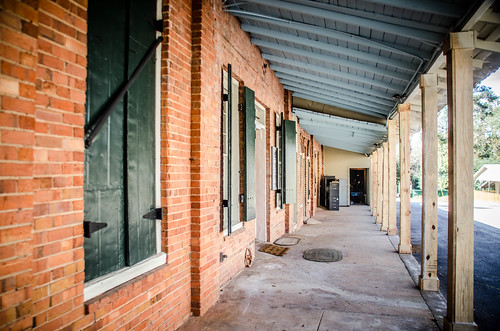

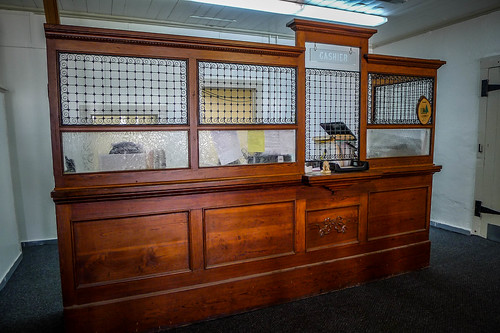

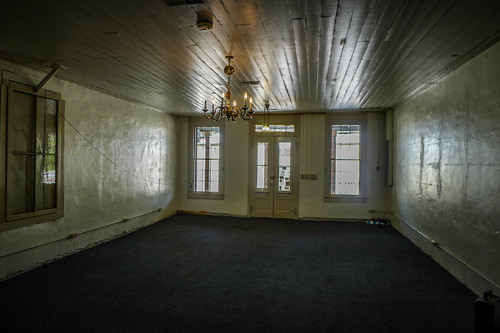
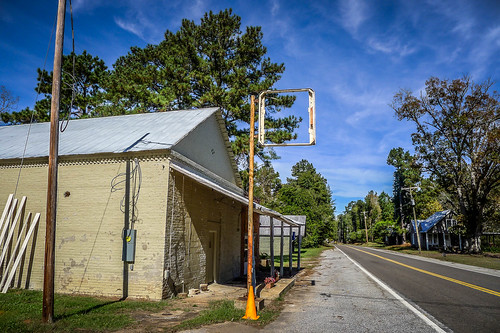







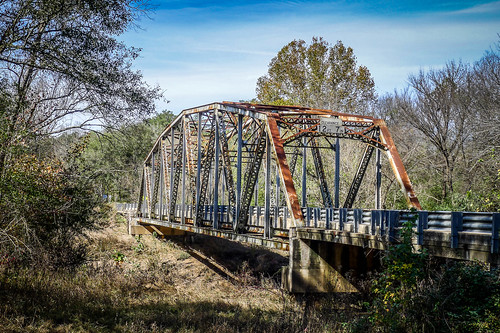



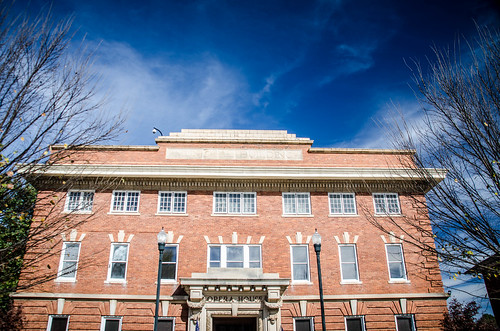




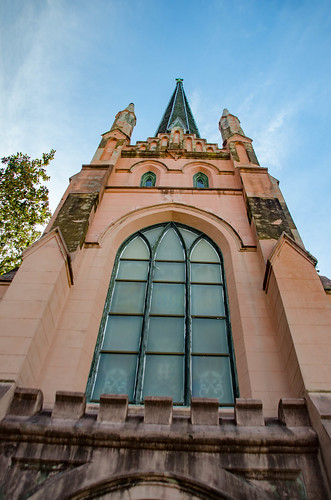






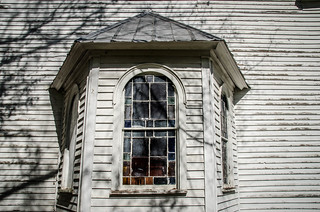
Quite a trip. Glad I was there. LOVE the pix!
I am enjoying your adventures and would love to join you sometime! I was in school with your brother Houston. I post nature and historical pics on FB. My wife found your blog and put me onto it. Keep up the good work.
James, I think I’ve seen some of your posts on Facebook. When I get back to South Carolina we’ll have to schedule a trip around Laurens County. I’m sure Houston would join us.
Looked at Cross Anchor. The only building I saw that is there now that looks anything like the Starr PO is the Masonic hall on SC 49.
Great photos here, especially of Mt. Carmel PC! I wish I could’ve joined y’all.
Tom….Another interesting posting from you. Pertaining to the Cross post office, it is now a modern building located on the east side of highway 6. There is a free-standing metal state historical sign (Marker ID SCHM 8-26) in front of it that reads “This post office, originally named Cross Mill, was established in 1879. Adam Cross, a local storekeeper and Civil War veteran, was first postmaster.” – on both sides. From that, I would assume that the old post office building was earlier located on this same site, but was torn down (or burned) and replaced with the newer building. The sign was erected by the Berkeley County Historic Preservation Commission in 1992, but the new building has been there since at least 1994.
Good to know. Thanks!
Enjoyed your pictures so much. My mamas family was from Lownesville, lots of history there. Harpers, Werts, Schumperts, there is an old church, can’t think of the name but you would love it. Provide email addy and I will send you info. Thanks for sharing your photos.
Tom, I’m looking at your photos and text with interest. Thank you for doing this. I know that I’m writing this a few years late, but no matter. Are you reading this? I wonder. I live in northeast Florida and have been thinking of a bicycle trip along the routes that you’ve taken. Route 81, is it? Starr, Iva, Lowndesville, Calhoun Falls. Basically I’d like to follow the Savannah River. Looks like a fascinating area. I haven’t looked at your other posts yet, but will now.